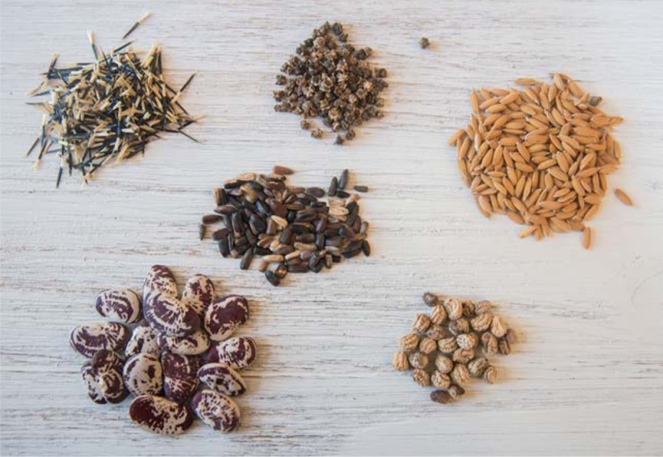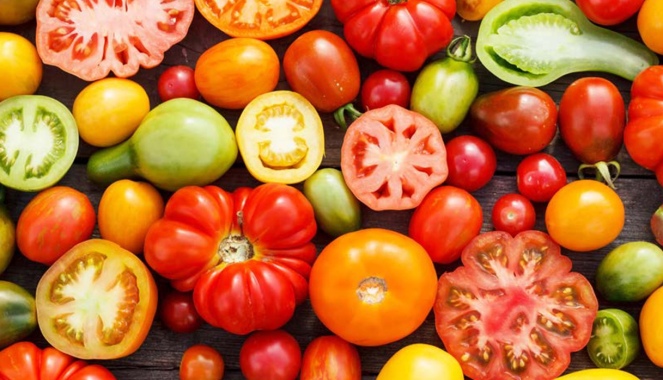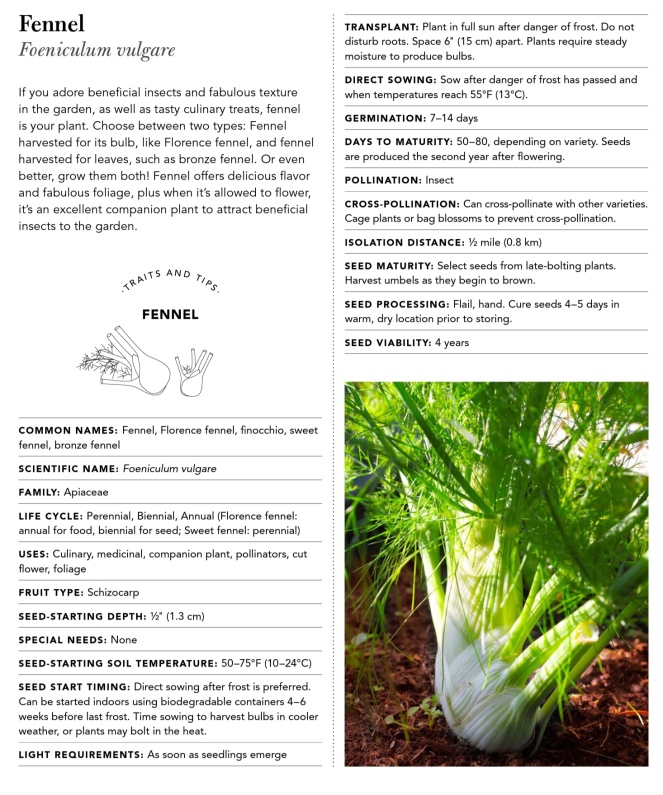This past week, Brad and I took our daughter on her first official college visit (University of Oklahoma. Boomer Sooner.) Brad and I were in la-la-land as the tour guides spoke of the endless areas of study, the series of guest lectures, the research opportunities, the study abroad programs, the clubs and activities. We yearned for the chance to do college all over again. Not necessarily to change our career path, but to take advantage of all the resources and opportunities we might have neglected the first time around. Craving knowledge is a character trait I have always associated with Brad. Somewhere along the way, I adopted the character trait for myself.

In my mind, this craving of knowledge is another way of referencing lifelong learning. I’m not sure that I was always aware of the phrase or the concept of the ‘lifelong learner.’ However, I certainly now subscribe to the philosophy. The common traits of lifelong learners with which I identify include: reading on a daily basis, attending various courses, having diverse passions, and believing it’s never too late to start something.

I guess it’s with this attitude that I recently picked up the book, Starting and Saving Seeds by Julie Thompson-Adolf. Actually, I didn’t read the title very closely and thought the book was going to exclusively address the act of saving seeds. I was pleasantly surprised to read the sections on planting seeds.

Throughout the book, the author does a fabulous job of providing basic explanations – such as seed terminology (i.e. open-pollinated, heirloom, hybrids). There’s also valuable advice, such where to find certain kinds of seeds and what supplies to purchase as you get started planting seeds (indoors). The author also provides how-to’s for some projects – including how to make your own seed starting mix, how to make your own seed tape, and creating fun things such as seed bombs. Despite already having basic gardening knowledge, I did gather some handy tips from her writings.

The section about how to save seeds was completely new to me. Yes, I know that someone has to save seeds in order for me to plant seeds each year. I just haven’t contemplated saving seeds myself. It’s certainly an added step that takes knowledge and a certain amount of finesse (and time, and energy). After one reading of this book, I understand the basic concept. However, it will take some homework, close attention to details, and probably some level of practice to master the art of saving seeds. The author covers inbreeding depression, vernalization, wet and dry processing. Be honest – do you have any idea what those terms are referencing? Saving seeds is not as simple as it might seem.

The last half of the book is devoted to the different varieties of vegetables, herbs and flowers, and the tips and traits for starting, growing and harvesting the seeds. The information is concise and covers a variety of details. All in all, the book is well written and provides helpful details and directions.

I know of the farm-to-table movement, and I would love to subscribe to it more earnestly. That requires a serious commitment on my part. Julie Thompson-Adolf subscribes to an even bigger commitment. Her approach is seed-to-table-to-seed. It might be a while before I can reach that level of dedication in my gardening efforts. But am I committed to learning more and more as I continue to cultivate my own little patch of happiness here in the 405.
(I received a copy of this book in exchange for an honest review. All thoughts are my own. Cover photo and design are attributed to Evelin Kasikov. Other photos from the book are credited to Libby Williams.)


I have always loved the life-long learner concept. Both our parents demonstrated that craving. I can’t imagine how fun and scary taking your “little girl” to her first college visit was!
LikeLike
Saving seeds is simplified by thinking like the plants that produce them. One must consider how the fruiting structures that produce the seeds get them into the ground to germinate. For example, do they prefer to get eaten by animals and scarified by digestion, or do they prefer to let the wind deliver their seed? Are they from a cold winter climate where the seed need to be exposed to cold temperatures just so they know what time of year it is. It is easier if we do not think of it all in human terms. Scarification and stratification and things that we have no use for.
LikeLike